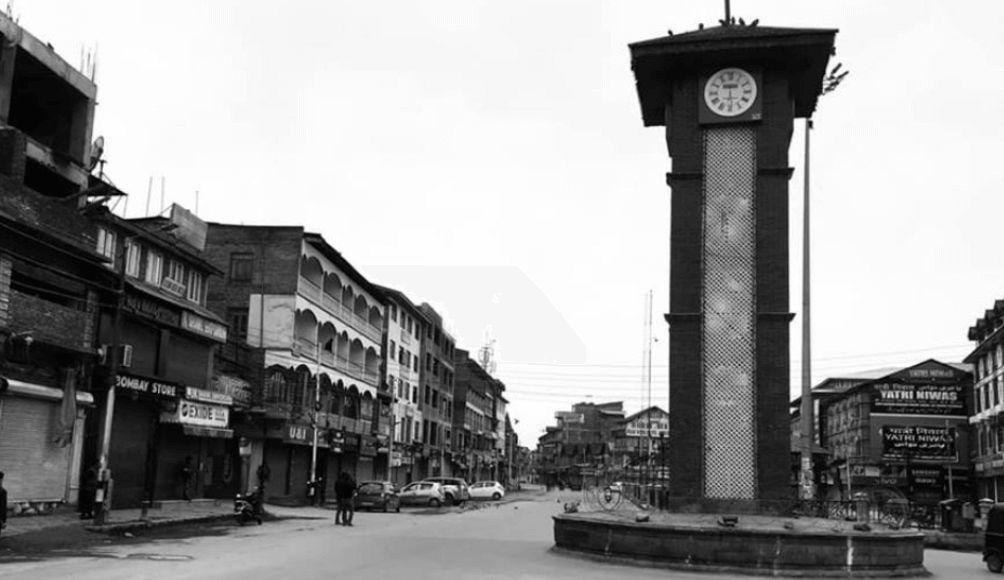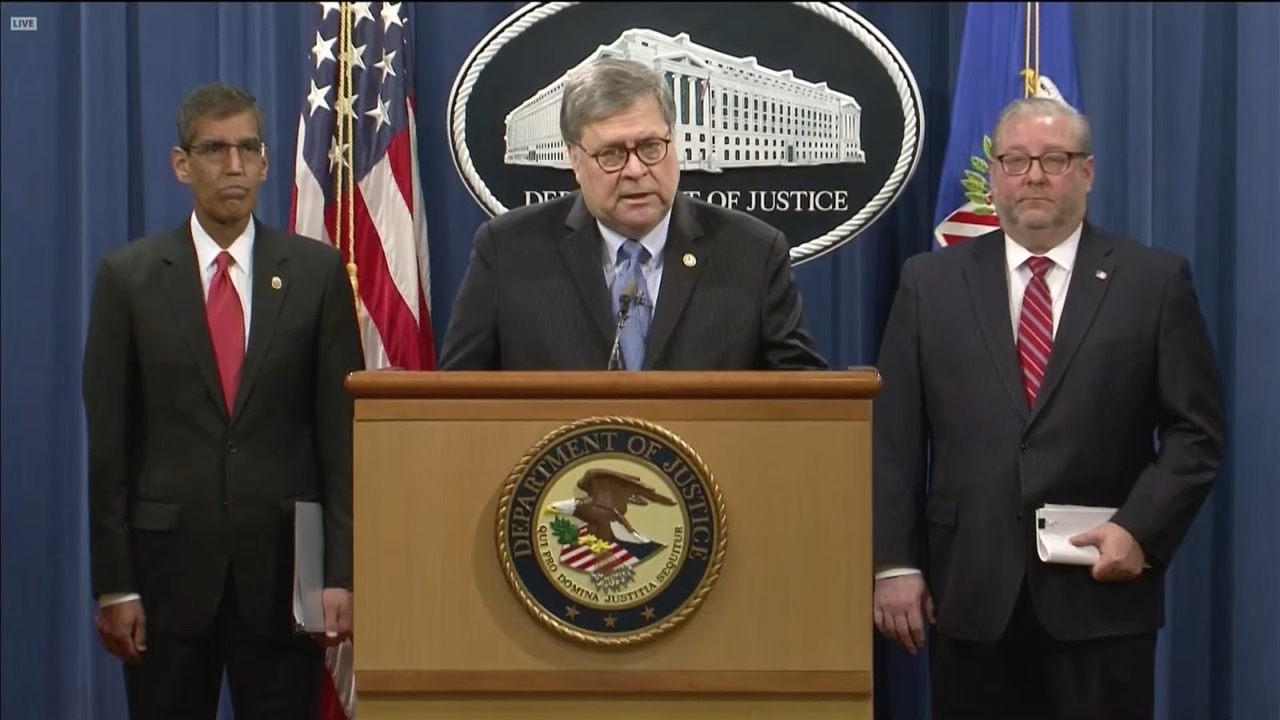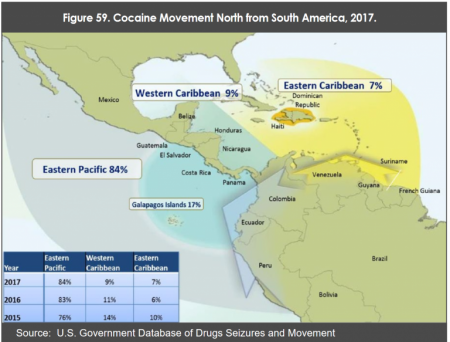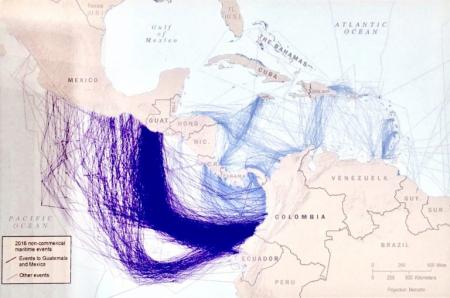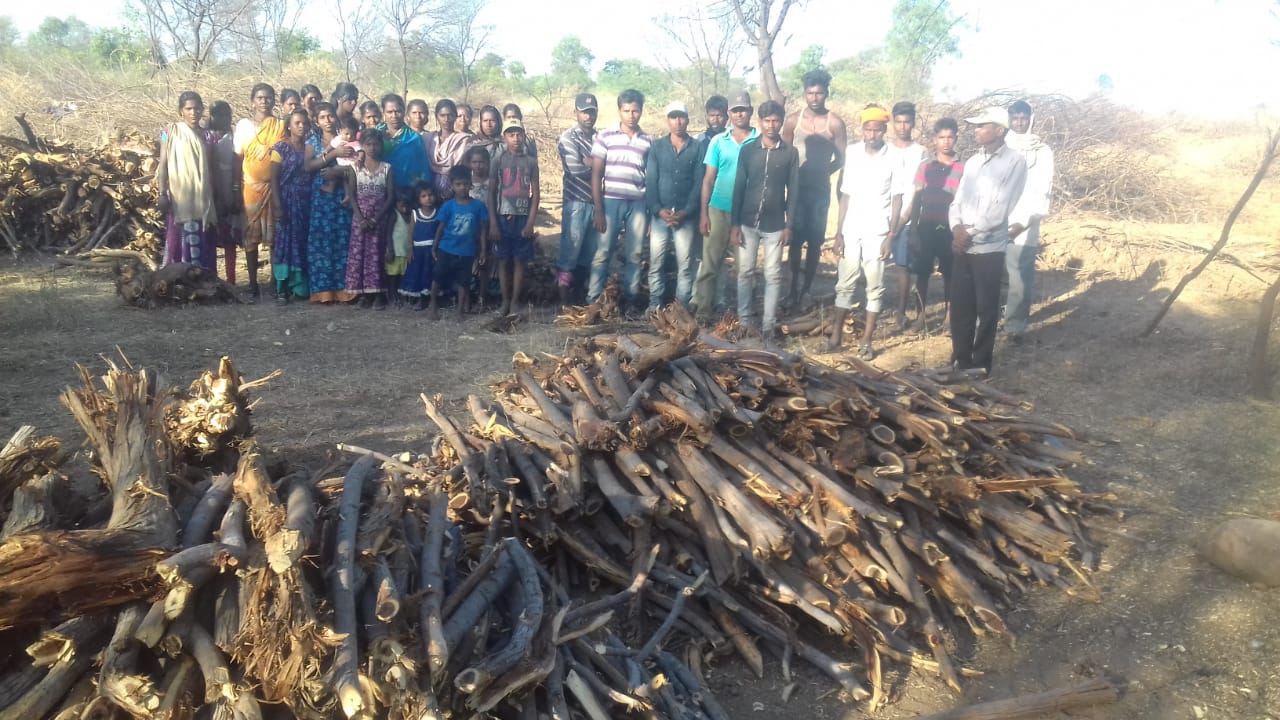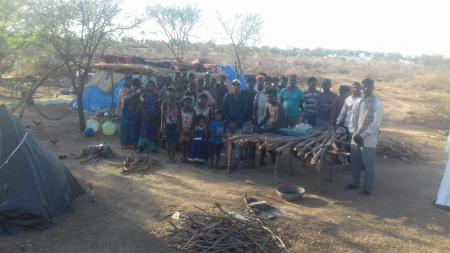Iranian healthcare workersare begging the public for just one thing: Stop drinking industrial alcohol or methanol over fears about the new coronavirus.
PTI 28 Mar 2020
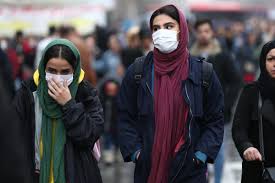
Image use for represantional only. Image courtesy: Deccan Herald
Tehran: Standing over the still body of an incubated 5-year-old boy wearing nothing but a plastic diaper, an Iranian healthcare worker in a hazmat suit and mask begged the public for just one thing: Stop drinking industrial alcohol over fears about the new coronavirus,
The boy, now blind after his parents gave him toxic methanol in the mistaken belief it protects against the virus, is just one of hundreds of victims of an epidemic inside the pandemic now gripping Iran.
Iranian media report nearly 300 people have been killed and more than 1,000 sickened so far by ingesting methanol across the Islamic Republic, where drinking alcohol is banned and where those who do rely on bootleggers. An Iranian doctor helping the country's Health Ministry told The Associated Press on Friday the problem was even greater, giving a death toll of around 480 with 2,850 people sickened.
The poisonings come as fake remedies spread across social media in Iran, where people remain deeply suspicious of the government after it downplayed the crisis for days before it overwhelmed the country.
“Other countries have only one problem, which is the new coronavirus pandemic. But we are fighting on two fronts here,” said HosseinHassanian, an adviser to Iran's Health Ministry who gave the higher figures to the AP.
"We have to both cure the people with alcohol poisoning and also fight the coronavirus.” For most people, the new coronavirus causes mild or moderate symptoms, such as fever and cough that clear up in two to three weeks. For some, especially older adults and people with existing health problems, it can cause more severe illness, including pneumonia, or death.
The pandemic has swept across the world, overwhelming hospitals, crippling economies and forcing governments to restrict the movements of billions of people. Particularly hard hit has been Iran, home to 80 million people.
As of now, there is no known cure for COVID-19, the illness caused by the virus. Scientists and doctors continue to study the virus and search for effective medicines and a vaccine.
But in messages forwarded and forwarded again, Iranian social media accounts in Farsi falsely suggested a British school teacher and others cured themselves of the coronavirus with whiskey and honey, based on a tabloid story from early February. Mixed with messages about the use of alcohol-based hand sanitisers, some wrongly believed drinking high-proof alcohol would kill the virus in their bodies.
The Islamic Republic has reported over 29,000 confirmed cases and more than 2,200 deaths from the virus, the highest toll of any country in West Asia. International experts also fear Iran may be under-reporting its cases, as officials for days played down the virus ahead of a parliamentary election.
That fear of the virus, coupled with poor education and internet rumours, saw dozens sickened by drinking bootleg alcohol containing methanol in Iran's Southwestern Khuzestan province and its southern city of Shiraz. Videos aired by Iranian media showed patients with IVs stuck in their arms, laying on beds otherwise needed for the fight against the coronavirus, including the intubated 5-year-old boy. Iranian media also reported cases in the cities of Karaj and Yazd.
In Iran, the government mandates that manufacturers of toxic methanol add an artificial colour to their products so the public can tell it apart from ethanol, the kind of alcohol that can be used in cleaning wounds. Ethanol is also the kind of alcohol found in alcoholic beverages, though its production is illegal in Iran.
ETHANOL AND METHANOL ARE KNOWN AS ORGANIC ALCOHOL
AKA WOOD ALCOHOL IN CANADA, AND ONCE WAS USED BY BOOTLEGGERS IN NORTH AMERICA CAUSING BLINDNESS, ILLNESS AND DEATH AS IS NOW OCCURRING IN IRAN.
Some bootleggers in Iran use methanol, adding a splash of bleach to mask the added color before selling it as drinkable. Sometimes it is mixed with consumable alcohol to stretch supply, other times it comes as methanol, falsely advertised as drinkable. Methanol also can contaminate traditionally fermented alcohol.
Methanol cannot be smelled or tasted in drinks. It causes delayed organ and brain damage. Symptoms include chest pain, nausea, hyperventilation, blindness and even coma.
Hassanian said his figures included reports from coroner's offices around Iran also counting those who died outside of hospitals from the poisonings.
“Unfortunately in some provinces, including Khuzestan and Fars, deaths from drinking methanol has exceeded the number of deaths from the new coronavirus," he said.
Knut Erik Hovda, a clinical toxicologist in Oslo, said to expect more methanol poisoning victims.
“The virus is spreading and people are just dying off, and I think they are even less aware of the fact that there are other dangers around,” Hovda said. “When they keep drinking this, there's going to be more people poisoned.” Even before the outbreak, methanol poisoning had taken a toll in Iran. One academic study found methanol poisoning sickened 768 people in Iran between September and October 2018 alone, killing 76.
Other Muslim nations that ban their citizens from drinking also see such methanol poisoning, although Iran appears to be the only one in the pandemic so far to turn toward it as a fake cure. In Buddhist Cambodia, police said they seized 4,200 liters (1,100 gallons) of methanol from a man who unwittingly planned to make toxic hand sanitizer because of the virus outbreak.
Muslim drinkers in Iran can be punished with cash fines and 80 lashes. However, minority Christians, Jews and Zoroastrians can drink alcoholic beverages in private.
While police occasionally announce alcohol busts, the trade in non-toxic alcohol also continues. Locally made Iranian arak from fermented raisins, known as Araghsagi, sells for $10 for a 1.5-liter bottle. Imported vodka sells for $40 a bottle.
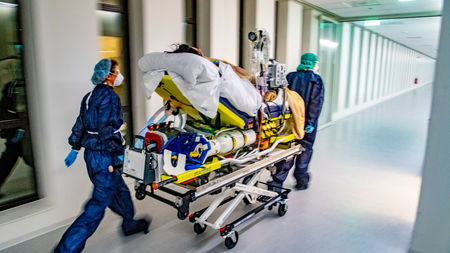

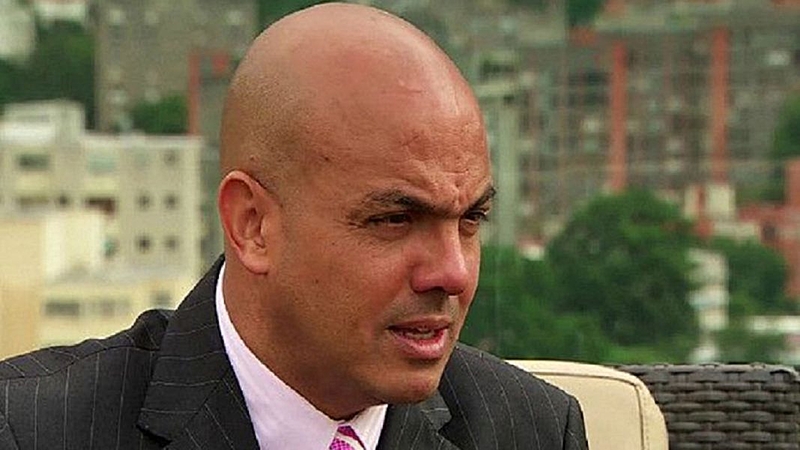
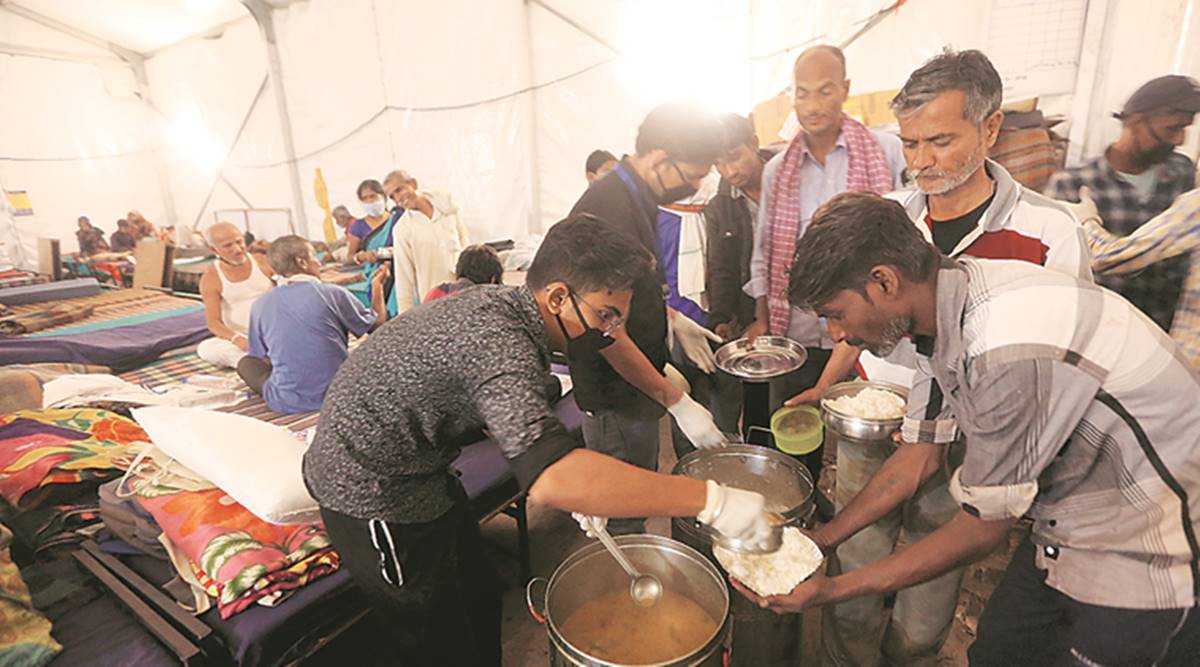
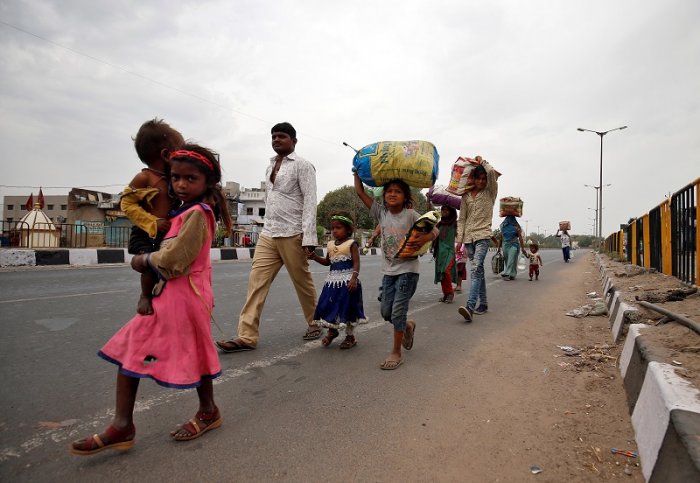
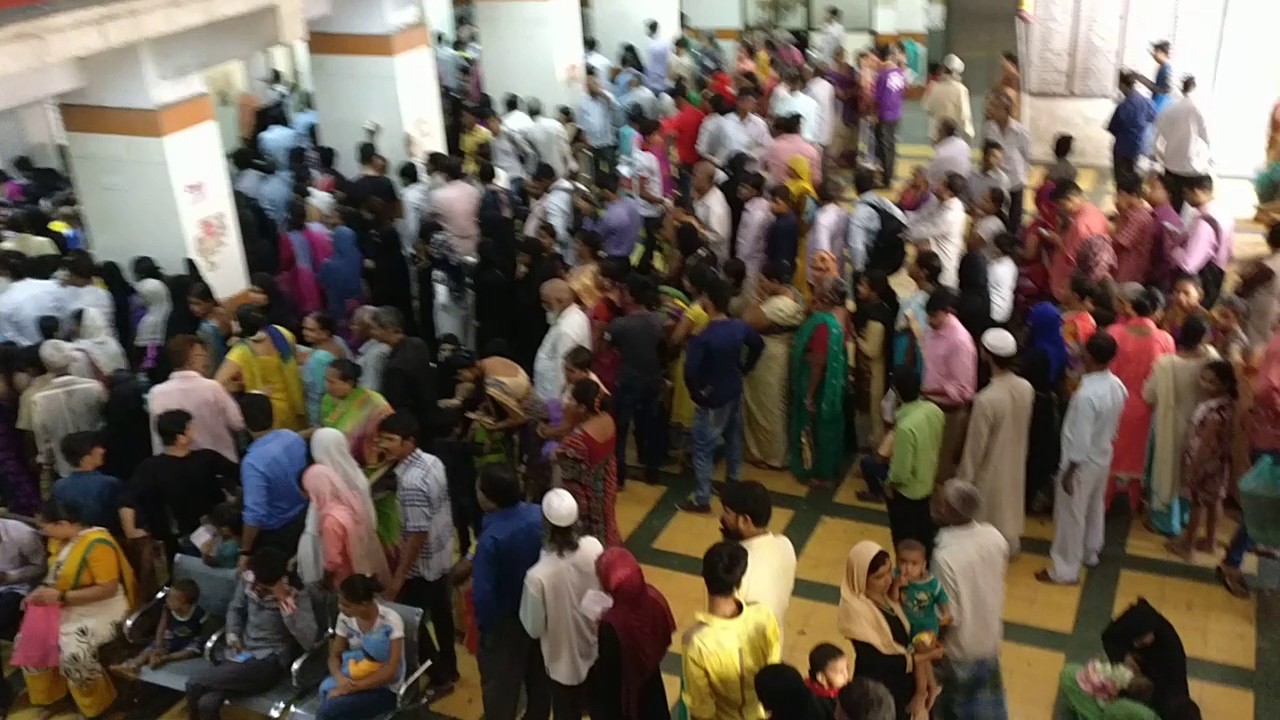
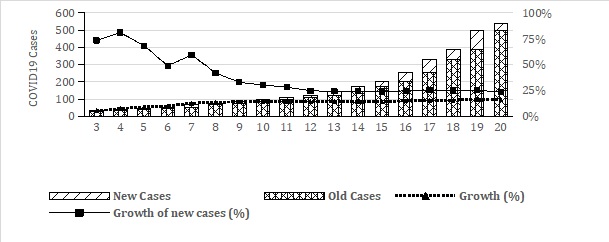 Source: Data sourced from
Source: Data sourced from 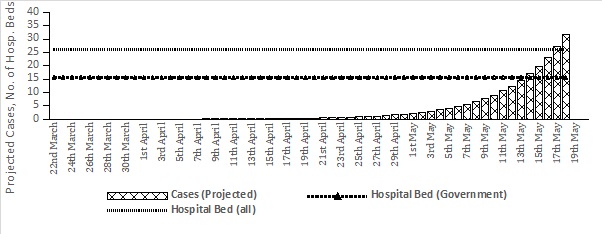 Source: Author’s own estimation, assuming 92% hospitalisation rate for Covid-19. [India’s Covid-19 recovery rate is roughly 7% and 1.9% is the death rate. Hence, a 92% hospitalisation rate has been assumed.
Source: Author’s own estimation, assuming 92% hospitalisation rate for Covid-19. [India’s Covid-19 recovery rate is roughly 7% and 1.9% is the death rate. Hence, a 92% hospitalisation rate has been assumed..png)
